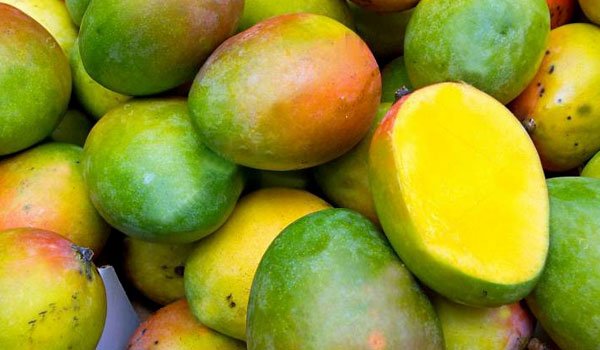Mango trees thrive in the dry and wet zones of Sri Lanka, even popularly found in home gardens, in cities. Ripening in the month of May, their tough green skins lighten with tints of yellow and orange, a sign that it is ready to eat!
The most sought after mango is the Jaffna Karuthakolamban, famed for its hefty size – some weighing as much as 500g – and sweet taste. Vellai Colomban, another large-sized mango, grows in the wet zone and tends to take on a purplish tinge when it ripe. Gira amba and Malwana are two medium-sized varieties andDampara and Peterprasand, are two smaller mangoes. Mee amba is the smallest; with flesh so soft that instead of being cut, the pulp is sucked out through the skin of the fruit.
Mangoes are yummy tropical gifts packed with nutrients. Rich in Vitamins C and A, carbohydrates, phosphorus and calcium, in folk medicine they are said to be good for stomach ailments and blood related illnesses. It’s common belief that eating ripe mangoes helps diminish night blindness and gives one healthy, glowing skin.
The snack-sized mango is ideal to beat the heat, owing to its juicy texture and hydrating properties. Sri Lankans love mango so much, it’s even been made into a spicy curry or sweet chutney; great accompaniments for rice. Mango juice on a hot day is the ultimate restorative beverage.
Those with a penchant for tangy flavours find pleasure in raw pickled mangoes, usually infused with a dash of chilli powder, salt, vinegar and sugar. In little bags amba achcharu (pickled mangoes) can be bought from street vendors. In May there’s mango everywhere, so be sure pick one up and enjoy the sweet nectar.
(timeout.com)






